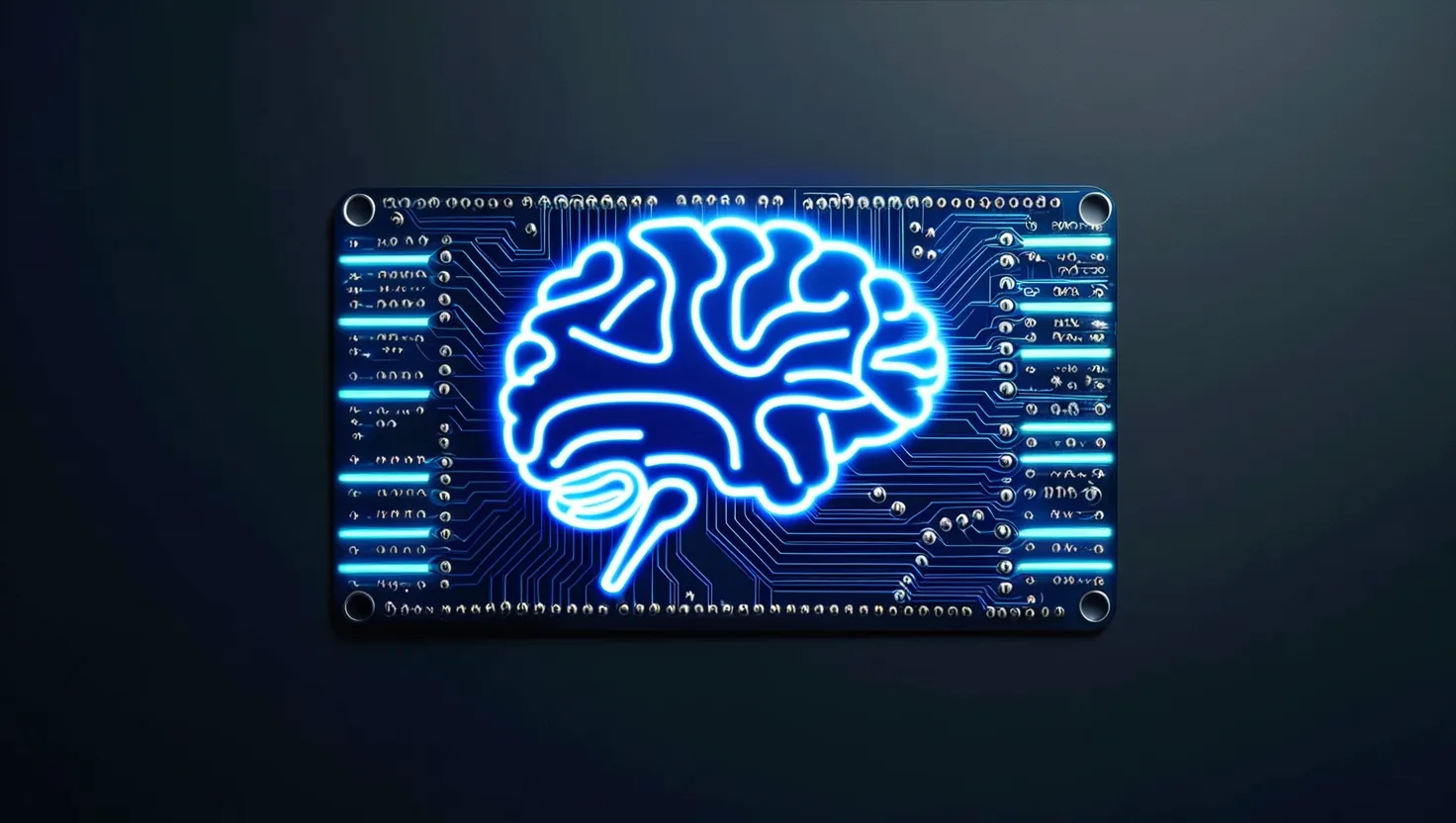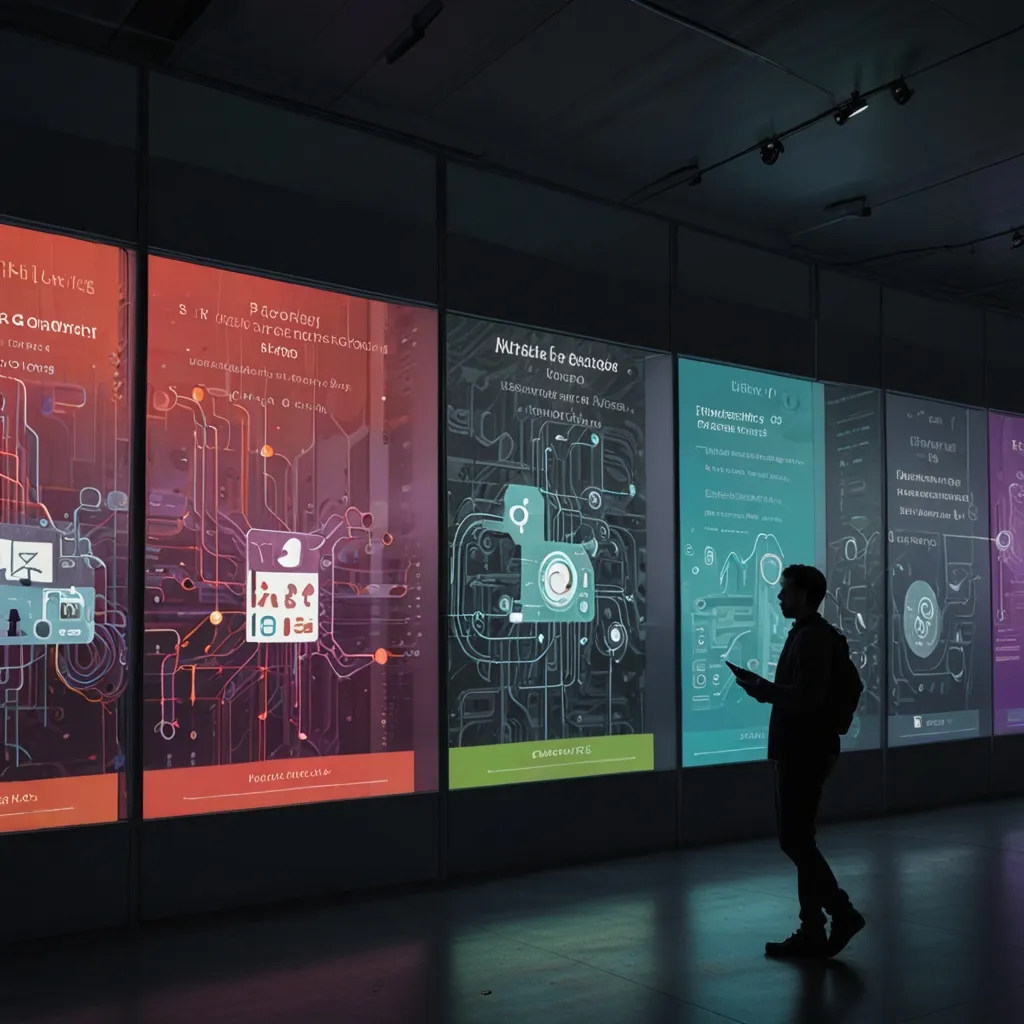In the realm of artificial intelligence, a revolutionary approach is gaining momentum: neuromorphic computing. This cutting-edge field is all about designing computer systems that mimic the structure and function of the human brain, promising to transform how we think about intelligence and interaction with machines.
At its core, neuromorphic computing combines insights from neuroscience, mathematics, computer science, and electrical engineering to create brain-inspired hardware and software. The goal is to develop systems that process information in a way that is remarkably similar to how our brains work. This involves creating artificial neural networks that can learn, adapt, and make decisions in complex, dynamic environments.
One of the key principles of neuromorphic engineering is the use of spiking neural networks (SNNs). Unlike traditional neural networks that process information continuously, SNNs communicate through spikes or pulses, much like biological neurons. This event-driven approach allows these systems to be highly energy-efficient, as they only consume power when processing actual events or inputs. For instance, IBM’s TrueNorth chip, developed in 2014, is a neuromorphic CMOS integrated circuit that emulates the synaptic structure of the human brain. It boasts 1 million programmable neurons and 256 million programmable synapses, all while operating at a remarkably low power consumption of 70 milliwatts[1][3].
The history of neuromorphic computing is intriguing, with roots tracing back to the late 1980s when Carver Mead proposed the idea of building electronic systems that mimic the brain. Since then, the field has evolved significantly, with projects like the Human Brain Project aiming to simulate a complete human brain in a supercomputer. This project, funded by the European Commission, seeks to understand how the brain works and to use this knowledge to develop more efficient computing technologies[2].
Neuromorphic systems are designed to perform parallel processing, a feature that sets them apart from traditional computing architectures. In a traditional computer, data is processed sequentially, with separate units for memory and processing. In contrast, neuromorphic systems integrate memory and processing within individual neurons, allowing for simultaneous processing of multiple pieces of information. This parallel processing capability makes neuromorphic devices exceptionally fast and efficient, particularly in tasks that require real-time learning and adaptation[3].
The potential applications of neuromorphic computing are vast and varied. In robotics, for example, these systems can enhance real-time learning and decision-making, enabling robots to navigate complex environments more effectively. Autonomous vehicles can benefit from neuromorphic computing by improving their navigational skills and collision avoidance capabilities while reducing energy consumption. Additionally, neuromorphic systems can be used in edge AI, where their low power consumption and adaptability make them ideal for devices like smartphones, wearables, and IoT sensors[3].
Another significant area where neuromorphic computing is making waves is in pattern recognition and machine learning. These systems can recognize patterns in natural language, speech, and medical images with remarkable efficiency. For instance, they can process imaging signals from fMRI brain scans and electroencephalogram (EEG) tests much faster and more accurately than traditional systems. This capability is crucial in healthcare, where quick and accurate diagnoses can be life-saving[3].
The energy efficiency of neuromorphic systems is one of their most compelling features. Traditional computers, based on the von Neumann architecture, continuously draw power as they process data sequentially. Neuromorphic systems, on the other hand, operate on an event-driven basis, firing up only when there is input to process. This approach can reduce energy consumption dramatically. Researchers at Intel and UCSB are working on ultra-energy-efficient platforms using 2D transition metal dichalcogenide (TMD)-based tunnel-field-effect transistors (TFETs), which could bring energy requirements down to within two orders of magnitude of the human brain’s energy consumption[4][5].
Intel Labs is at the forefront of this research, with developments like the Loihi 2 neuromorphic processor, which outperforms its predecessor by up to 10 times in processing capability. The Loihi 2, combined with the Lava software framework, supports multiple AI methods and is being used in various applications, including sensing, robotics, and healthcare. The Hala Point system, another innovation from Intel, is the world’s largest neuromorphic system, boasting 1.15 billion neurons and achieving significant improvements in neuron capacity and performance[5].
The integration of neuromorphic computing with other emerging technologies, such as quantum computing, is also an exciting area of research. Neuromorphic quantum computing aims to leverage the principles of neuromorphic systems to perform quantum operations, potentially offering a more efficient way to solve complex problems that are currently beyond the reach of traditional computers[2].
As neuromorphic computing continues to advance, it challenges our traditional understanding of intelligence and how machines can learn and adapt. Unlike traditional AI systems that rely on gradient-based optimization methods, neuromorphic systems use learning mechanisms like Spike-Timing-Dependent Plasticity (STDP), which are more closely tied to biological learning processes. This makes them more adaptable and capable of real-time learning, a feature that is crucial in dynamic environments[1][3].
The implications of neuromorphic computing extend beyond the realm of technology; they also touch on our relationship with machines. As these systems become more intelligent and adaptable, they begin to blur the lines between human and machine intelligence. This raises important questions about the future of work, the ethics of AI, and how we will interact with machines that are increasingly capable of learning and adapting in ways that are similar to human beings.
In conclusion, neuromorphic computing represents a significant leap forward in the field of artificial intelligence. By mimicking the structure and function of the human brain, these systems offer unparalleled efficiency, adaptability, and learning capabilities. As research in this area continues to evolve, we can expect to see transformative changes in how we approach AI, robotics, and even our understanding of intelligence itself. The future of computing is indeed brain-inspired, and it promises to be nothing short of revolutionary.






